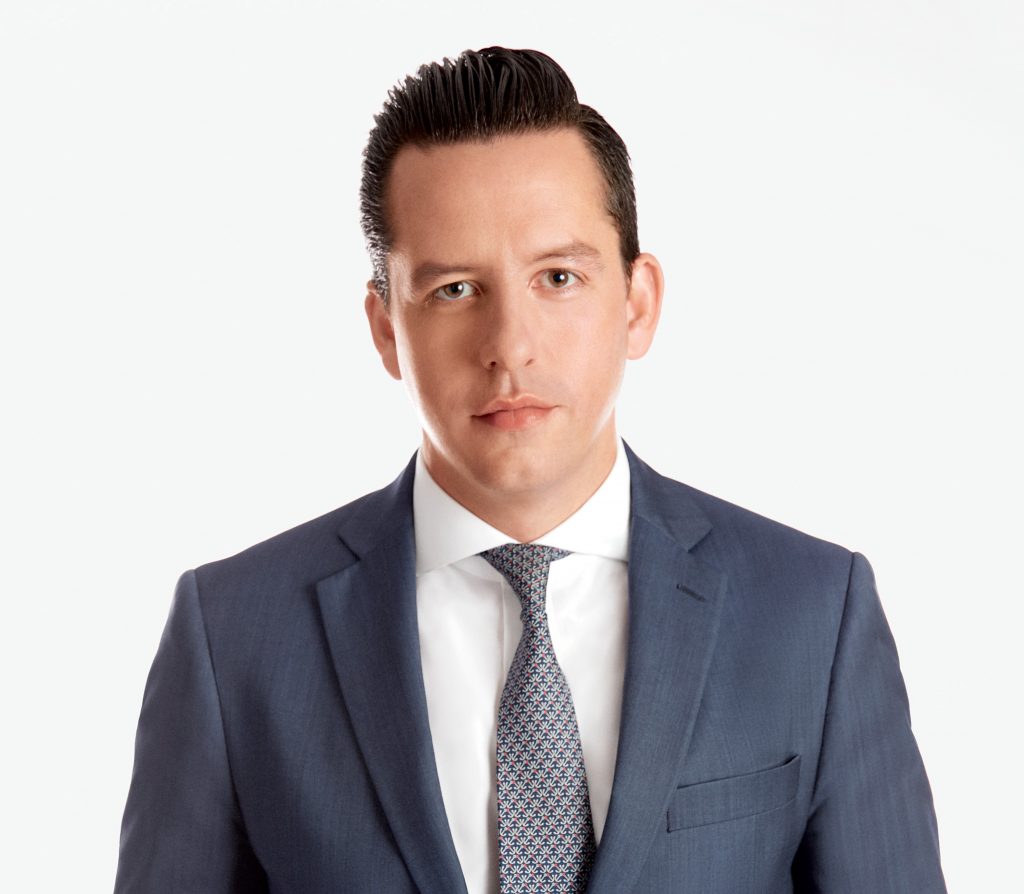TAILORED CLOTHING WEEK: A RETURN TO REFINEMENT AT MACYS

MR recently had the pleasure of catching up with Macys’ Sam Archibald, GBM Apparel, and Durand Guion, VP fashion office. Sam started his career as a Macys intern, working his way up for the next 15 years (with a three-year detour at Calvin Klein, where he oversaw D2C business in North America) before being recruited back to Macys as General Business Manager. Durand has been directing men’s fashion at Macys for three decades, adding women’s and kids in 2018. Here, we talk to Sam and Durand about tailored clothing business at Macys.
How’s tailored clothing business at Macys so far this winter?
Sam: November/December sales met our objectives: guys are clearly getting back to events, family gatherings and a more refined way of dressing.
To what do you attribute healthy men’s business when you, like all retailers, were clearly up against staff shortages, supply chain interruptions, rising costs, new online competition, etc.
Sam: I think we did well because throughout the pandemic, we never gave up on our menswear business. We bought aggressively, with a focus on key brands and fashion newness, but always aware of the need to be nimble. I’m very pleased with how our team is navigating the challenges, adjusting inventory levels as needed.
Was tailored clothing a factor in meeting your objectives?
Sam: Definitely. We approached suiting with an eye for flexibility. Our suit business 4th quarter has been largely driven by relatively basic solid separates but we also offer fashion (plaids, fancies, textures) in both sportcoats and pants. And virtually everything we buy these days incorporates stretch.

“AS THE MOMENTUM IN TAILORED CLOTHING BUILDS BACK, NEWNESS WILL BE AN EVEN MORE CRITICAL COMPONENT.” DURAND GUION, MACYS VP/FASHION DIRECTOR
Since weddings/events have driven your recent suit sales, do you feel suit assortments have become too basic? How do we sell beyond black, blue and grey?
Durand: As a destination for tailored clothing, our assortments continue to lead with the appropriate amount of seasonal fashion. We had an exciting mix of browns, bold plaids and jewel tone velvets throughout Q3/Q4 and these all resonated well with our consumers. As the momentum in tailored clothing builds back, newness will be an even more critical component.
Can you talk about your vendor mix in tailored?
Sam: We’re a house of both national brands and store labels; we have different customers for different price levels, from budget to luxury. Of course, designer names (Ralph, Tommy, Calvin, Michael Kors, Kenneth Cole, etc.) are very important to us but we’re also proud of how store labels like Bar 3 are attracting younger customers. We’re changing with the consumer in this return to dress-up, in furnishings and footwear as well as in tailored clothing. Our challenge is how to best communicate and accelerate this important change.
In many stores, it’s the luxury part of menswear that’s performing best lately; is Macys moving into made-to-measure clothing?
Sam: At every level, we’re focused on the best brands, best fabrics, best fashion. At the luxury level, we need a customer willing to pay for it. So no, we’re not doing made-to-measure at this moment, although we’re introducing a new digital fit guide; we’re testing it now with Hart Schaffner Marx and will roll it out shortly.

“WE DON’T TELL OUR CUSTOMERS WHAT TO BUY; THEY TELL US!” SAM ARCHIBALD, MACYS GBM APPAREL
What’s your take on the newer, looser, more gender-fluid suit models shown on European runways?
Sam: We’ll definitely represent it, but slim silhouettes are still the lion’s share of our business. But since we always encourage our customers to try what’s new, we will of course be showing some looser looks, particularly in the pants category where there are several new fits and interpretations of pleats. But as positive as we might feel about promoting a new look or trend, we don’t tell our customers what to buy; they tell us!
Durand: We have identified these looks (looser, drapier, gender-neutral) as incoming ideas and, since it took several seasons (years!) to make slim and skinny fits mainstream, these ideas will evolve over time.
Could you give us an idea of what share tailored clothing generates to total menswear volume?
Sam: It’s no longer that relevant to isolate by category since we see tremendous opportunity for more refined tailored looks in a number of key categories, including sportswear and outerwear. Men are dressing better for events, for weekends, for the workplace. We never abandoned a more dressed-up look; it’s core to who we are at Macys. It’s part of our DNA.
Is there a difference between what you sell in-store vs online?
Sam: The key items, the core drivers, are consistent in both. Of course, without walls, we can offer many additional items digitally that we don’t carry in-store.
And price-wise, is there a difference between in store vs. online?
Sam: Not really. The difference is breadth of assortment.
What are the odds of getting men into suits beyond weddings and events?
Durand: It will depend on how and when people head back to offices on a regular basis. Corporate cultures will evolve and some of that will include a return to dressing up. We also think as the style and fashion influence of pro-athletes continues to rise and we see more tailored clothing worked into their pre/post game looks that this will influence younger consumers to think differently about the category.


